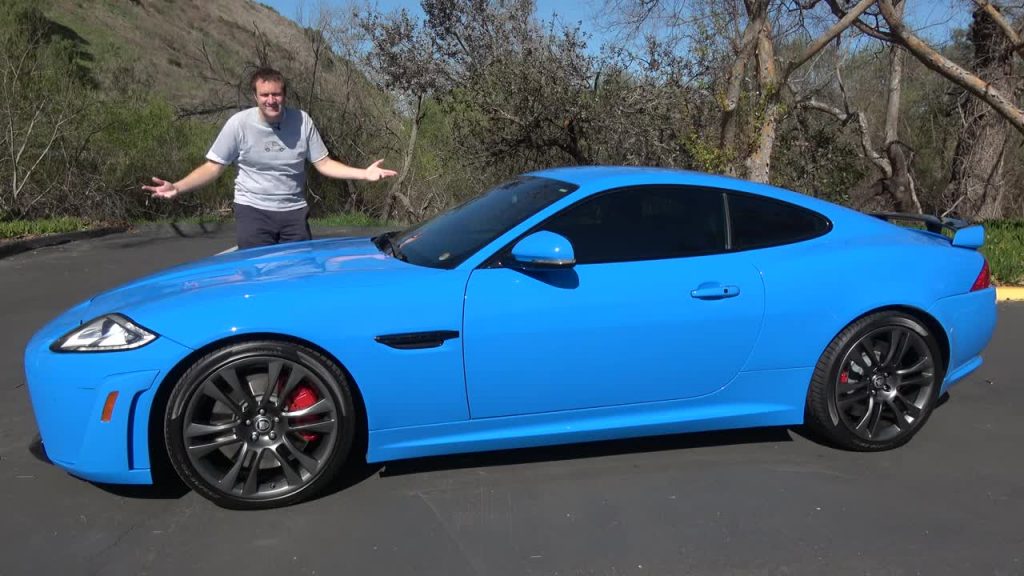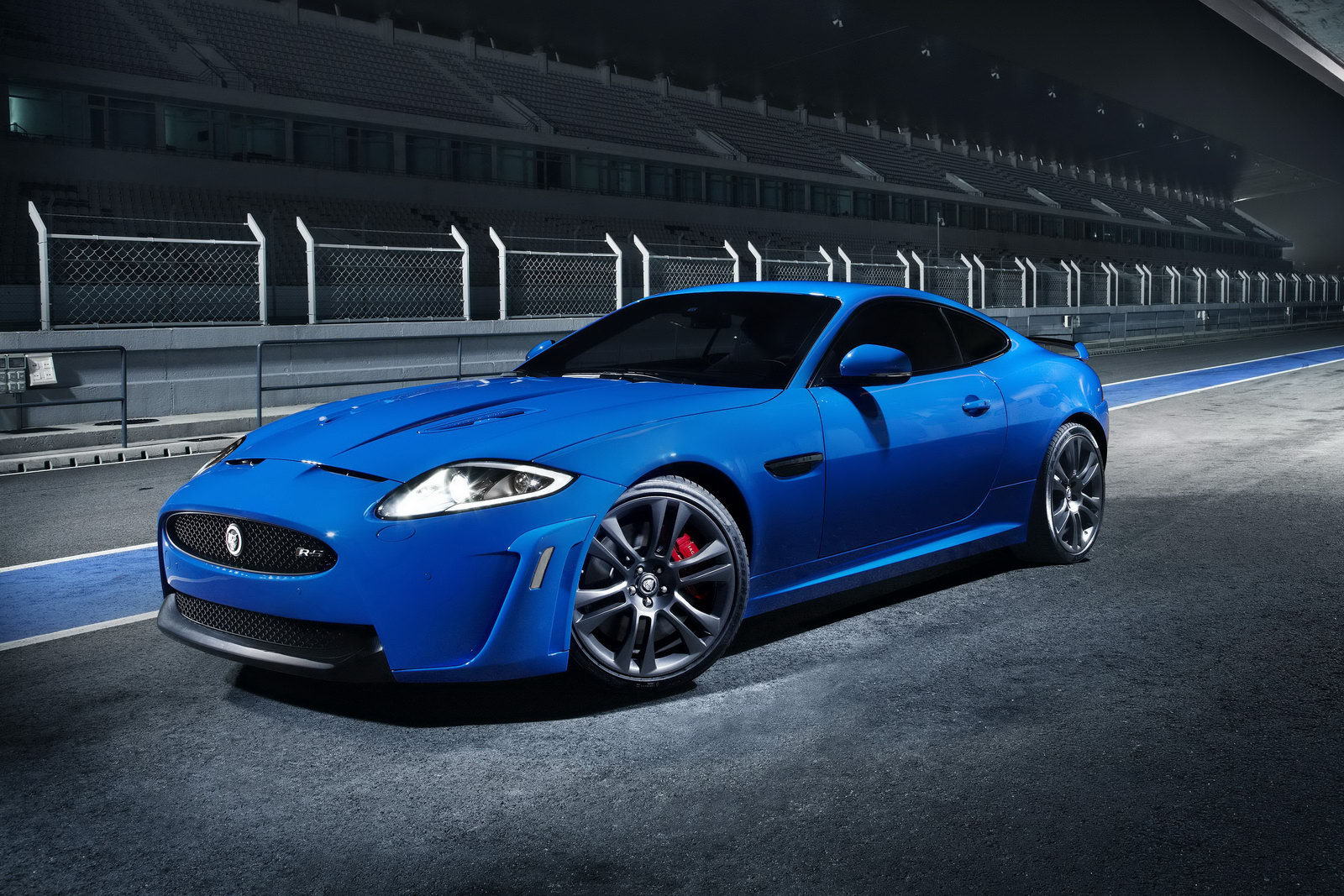Jaguar’s XK went into production in 2005 as a luxury grand tourer, which in essence is what is typically expected of the British automaker. For the next six years, Jaguar would roll out various trims, including the advanced lightweight coupe version labeled the XKR, along with the XKR convertible.
But at some point the engineers at Jaguar realized that the car hadn’t reached its full potential, and in 2012, the high-performance XKR-S made its debut. In his latest video, Doug DeMuro gives viewers an in-depth review of one of these very cars, resplendent in all its French Racing Blue glory.
The biggest motivation behind the creation of the XKR-S was to offer a car that would appeal to a younger clientele. To meet those demands, Jaguar introduced a 5.0-liter supercharged V8 that would produce 550 hp and 500 ft-lbs of torque, making it the most powerful Jaguar ever at the time of its release. It was also fitted with a new exhaust system, designed to set the XKR-S aside from more plebian models aurally.
However, it wasn’t just under-the-hood measures that were taken. The external styling of the XKR-S went down a route that could be considered rather un-Jaguar-like. It features aggressive slots sticking out of the front bumper, a carbon fiber front lip and rear diffuser, quad exhausts, a bold rear spoiler, and fierce front nostrils. It was a departure in line with the clientele Jag was chasing, and yet the XKR-S wasn’t even the most extreme-looking version of the XK; that would be the XKR-S GT.
Read: Jaguar X-Type Racer Would Compete In A UK Equivalent To V8 Supercars
Coming back to the “standard” XKR-S, one of the quirks that DeMuro immediately points out is the carbon fiber lookalike fabric on the door panels and seats — an aspect that’s entirely out of place as nothing else inside the XKR-S’s cockpit seems to have any carbon fiber trimming. There’s also the odd auto door locking mechanism that puts you at risk of having your door fly open if you wish to simply unlock it, rear seats that can accommodate no more than a bag of groceries, switches for options you’ll probably never use, and a lack of them for more commonly pressed options like heated seats. Still, although Jaguar may not have scored well on the practicality front, there’s an air of luxury and sophistication to the cabin.
When driving the XKR-S, the exhaust note from that V8 is a sure-fire highlight, quickly followed by a series of pops and bangs every time you downshift. According to DeMuro, the car is still a treat to drive, with the exception of the slightly sluggish automatic transmission. He also compliments the handling of the Jag, thanks to the sportier suspension and bigger brakes fitted to this high-performance variant.
Perhaps what’s most unusual about the XKR-S is that it is marketed as a British muscle car, which would’ve been considered much different from what Jaguar typically dabbled in. But that all becomes irrelevant when drivers experience their first 0-60 mph (0-96 km/h) in just 4.2 seconds, with the XKR-S capable of going on to a top speed of 186 mph (298 km/h) — figures which still stand up today.





